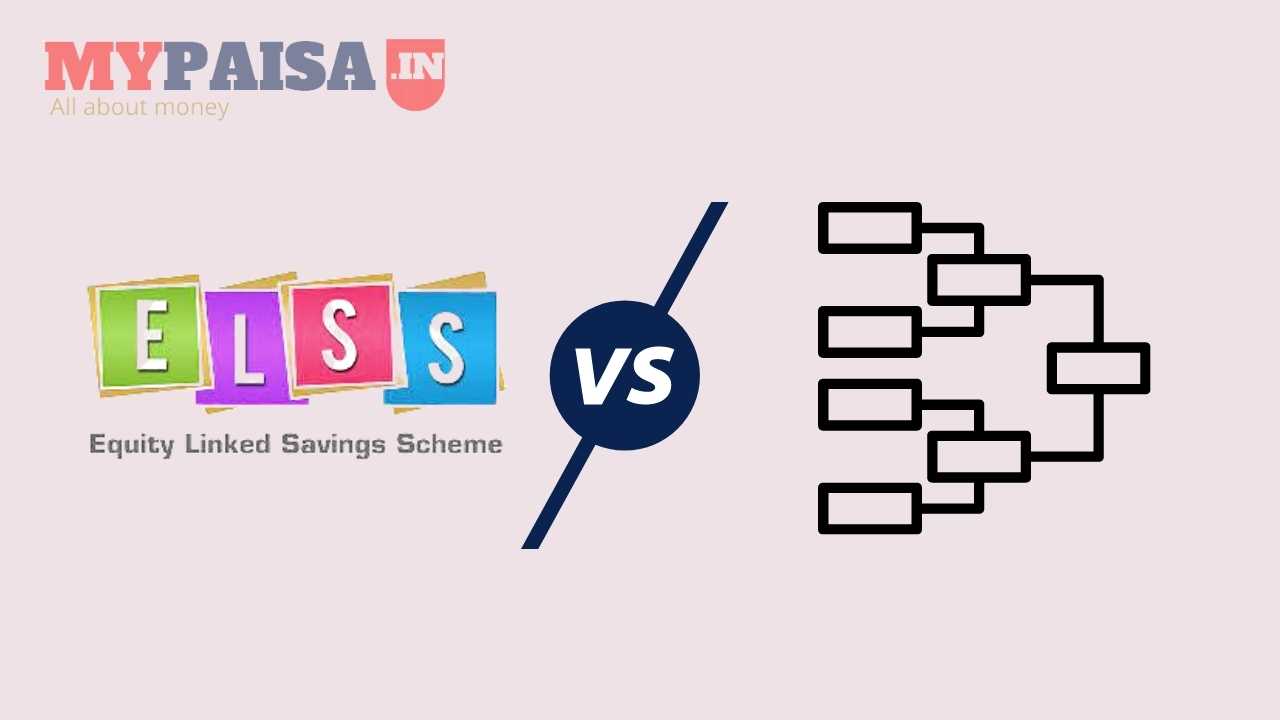ULIPs and mutual funds are similar types of investments but not the same. As we know mutual funds are more into investments; whereas ULIPs are into investments as well as insurance. When we look into the basic concept the difference between the two is very small, and mainly consists of product structure and risk coverage.
The basic difference evolves regarding its regulation. The ULIPs are regulated by the IRDA, whereas mutual funds are regulated by the SEBI. Then the other important aspect is when we look from an industrial point of view, the main focus of mutual funds is on low costs while the main focus for the ULIPs lies in the better performance and the distribution of its products. The other aspect includes flexibility, in this case, a ULIP allows us to increase our life cover, and at the same time are premiums rates remain the same. This is achieved by reducing our investments. On the other hand, you don’t get any life cover in mutual funds. The only option we are left with is purchasing a new insurance policy which would ultimately lead to additional cost.
The other important point to be focused on involves that even if the costs of the investments in ULIPs are more compared to Mutual funds, the ULIPs offer better products that are suited for long-term investments, whereas mutual fund products can only be used for sole purposes or short term returns. And one more point which acts as a beneficiary in terms of insurance is, that we do not receive any insurance cover in mutual funds whereas we receive insurance cover in ULIP plans.
Mutual Funds and ULIPs both are subject to market risks; if something unfortunate happens to an investor, the family or nominee will receive only fund value. On the other hand, ULIPs will give your family a guaranteed sum assured in case of the death of the policyholder.
As these investments are the most preferred investment options to invest. even a small drawback somewhere makes a strong impression in our minds. So in the case of ULIPs vs Mutual funds, if we notice, ULIPs are more preferable even if both stand at the same level. Somewhere when we equate both the investment options ULIPs are more beneficial as well as flexible as per our requirements.






